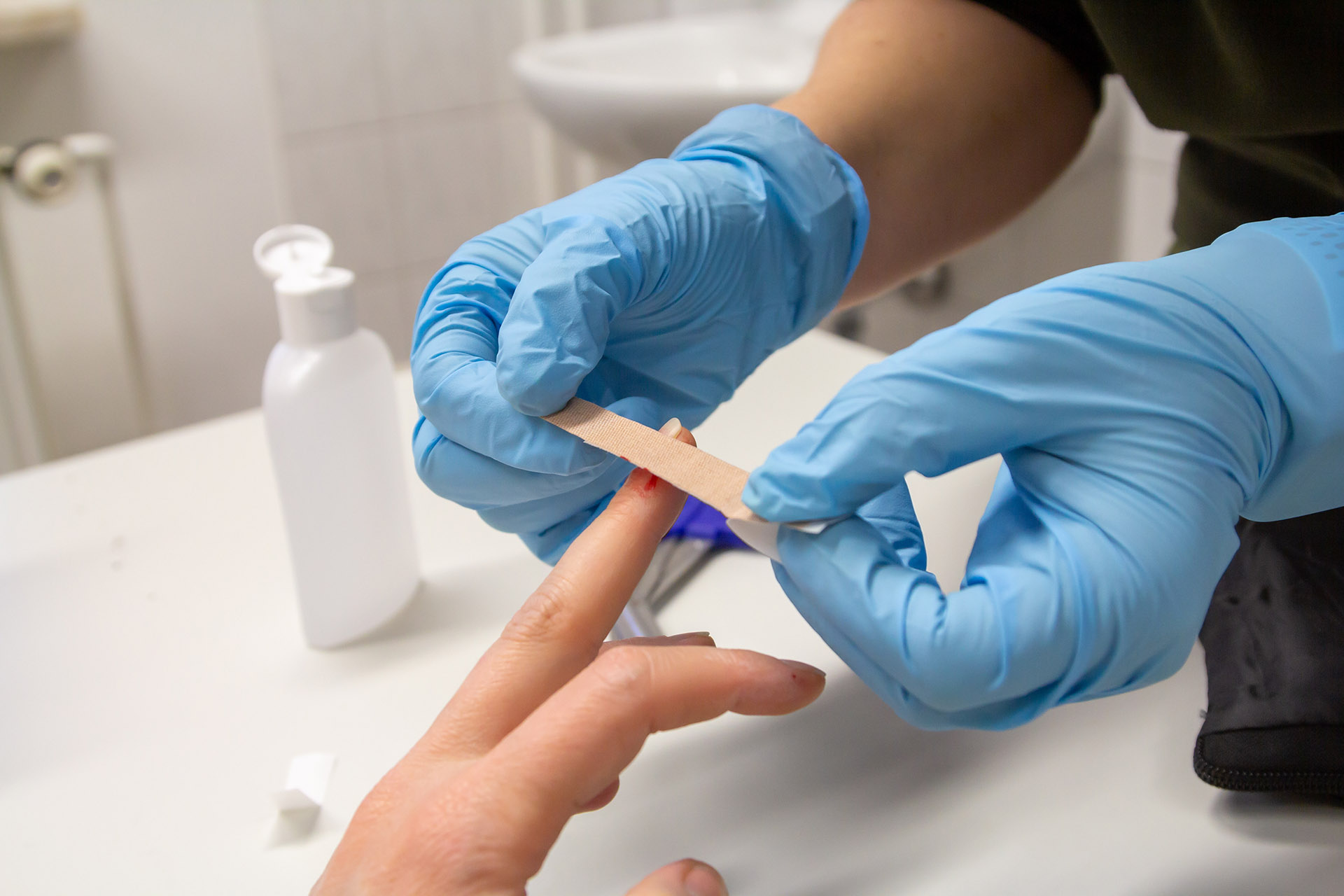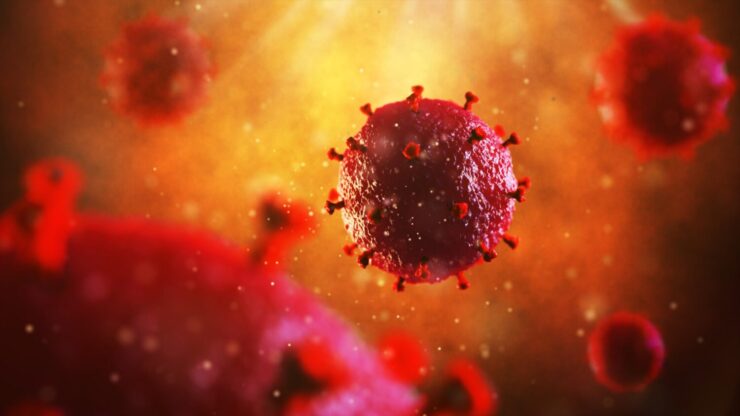When it comes to protecting ourselves from infectious diseases, understanding how bloodborne pathogens are transmitted and what constitutes exposure is essential. Bloodborne pathogens can be dangerous if not handled properly and knowledge about their transmission is key to preventing infections.
This article will explore the various ways in which these pathogens are spread, the types of exposures that may occur, and precautions that can be taken to reduce risk. We’ll also discuss strategies for responding should an exposure occur.
By learning more about the dangers of bloodborne pathogen transmission, we can equip ourselves with the tools necessary to protect our health and safety.
Transmission of Bloodborne Pathogens

Bloodborne pathogens are microorganisms that can be transmitted from one person to another through contact with infected blood. This type of transmission is a serious public health concern, as it can lead to the spread of life-threatening diseases such as HIV, hepatitis B and C, malaria, and syphilis.
Everyone needs to understand how these pathogens are transmitted to prevent infection and protect themselves and others.
The most common way for bloodborne pathogens to be transmitted is through direct contact with an infected individual’s bodily fluids (such as blood or saliva) or indirectly through contact with contaminated surfaces or objects (like needles).
For example, healthcare workers may be exposed if they come into contact with someone else’s infected body fluids during a medical procedure; therefore, it is always important to be properly insured.
Meanwhile, individuals engaging in risky behaviors like intravenous drug use may become exposed when sharing needles without proper sterilization techniques.
Additionally, sexual intercourse without protection can also increase the risk of transmission if either partner has an infection in their bloodstream.
People need to take precautions when engaging in activities where there could potentially be exposure to infectious materials—especially those working in fields such as healthcare or social work where exposure risks are higher than average.
Wearing protective clothing, gloves, and goggles when necessary can help reduce potential exposures; additionally avoiding direct skin-to-skin contact when possible will further minimize the risk of transmission.
Ways to Reduce the Risk of Infection
- Get vaccinated against diseases such as hepatitis B, which is a leading cause of infection from bloodborne pathogens.
- Wear protective gear when handling human blood or other bodily fluids to prevent contact with potentially infectious substances.
- Regularly wash hands and use sanitizer if soap and water are not available to avoid the transmission of germs from person-to-person contact or surfaces that may be contaminated with bacteria or viruses.
- Disinfect any medical equipment used on multiple patients as it can spread infection between them through direct contact with their skin or mucous membranes, such as eyes, nose, and mouth.
- Avoid sharing needles, syringes, razors, and other sharp objects that could have come into contact with infected material due to improper sterilization techniques or poor hygiene practices by another individual who was previously using these items for injections or cutting drug materials (e.g., heroin).

Understanding Exposure and Prevention Protocols
When it comes to preventing infections, understanding bloodborne pathogen transmission and exposure is essential. Knowing the risks of coming into contact with potentially hazardous bodily fluids and how to protect oneself from infection can help reduce illness caused by these pathogens.
It is important to be aware of the various methods of transmission for different types of bloodborne pathogens, as well as what preventive measures should be taken when working with such materials.
Additionally, it is vital to understand what steps need to be taken if an individual suspects they may have been exposed or contaminated with a bloodborne pathogen.
By learning about this information, individuals can take proactive steps toward protecting themselves from becoming infected.
Conclusion

The importance of preventing the spread of bloodborne pathogens cannot be overstated. Learning about transmission and exposure is essential for anyone who works in a healthcare setting or other environment where there is a potential risk.
By taking the necessary precautions, you can help to ensure that everyone remains safe from infection. To learn more, visit https://cprcertificationnow.com/products/bloodborne-pathogens-certification and get certified today!
Taking these steps will give you peace of mind knowing that your actions are helping to protect yourself and those around you from potentially dangerous infections.

